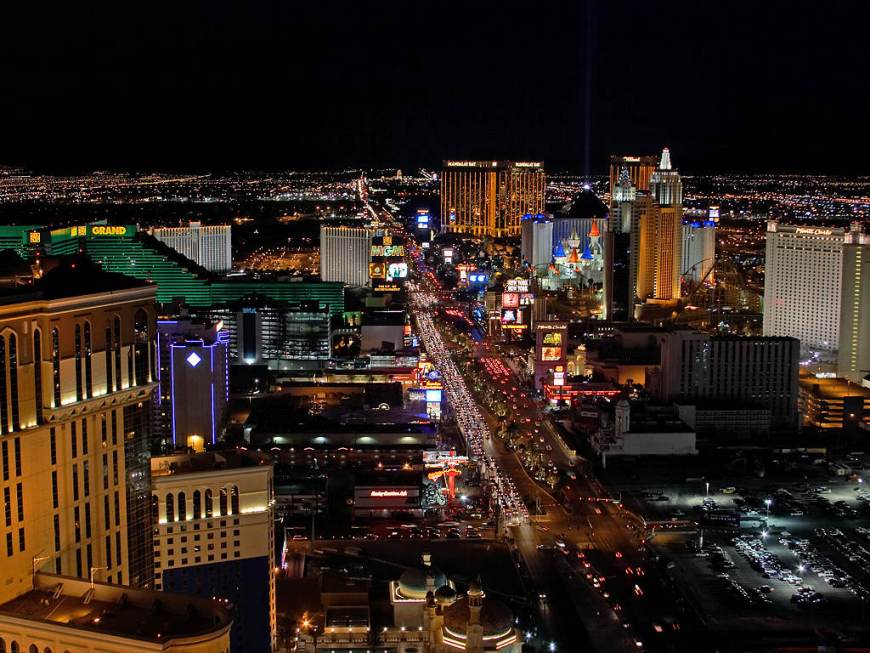
Las Vegas
 Las Vegas |
The archetype of the city which grabbed the visitor by the lapels in the second half of the 20th century was Las Vegas, Nevada, gambling center of the world. Las Vegas Style, based on noise, light, gigantic neon signs, and amazing architectural pastiche, first attracted outside attention when the writer Tom Wolfe paid tribute to ‘the designer-sculptor geniuses of Las Vegas’ in 1964. This was followed by a group of professors from the Yale School of Architecture, led by Robert Venturi, who took their students on an analytic tour of the city, producing a key book, Learning from Las Vegas. Thus encouraged, the state of Nevada changed the law in 1968 to allow corporations as well as individuals to own casinos, and, with vast amounts of money now available, hotel-gambling halls on an unprecedented scale began to sprout out of the desert, recalling the creation of the world’s first large-scale hotels by Americans in the early 19th century. ‘The Strip’ at Las Vegas became ‘the outdoor museum of American popular culture. During the Seventies and Eighties and into the Nineties, Las Vegas acquired the Luxor, a pyramid larger than any in Egypt, made of glass not stone, the Excalibur, a romantic Old-World-style castle, on a scale no European castle-builder ever imagined, and the MGM Grand, a pastiche of Hollywood of a daunting size, with over 5,000 rooms. Opposite was opened on January 3, 1997 the New York, New York, a giant pastiche of the Manhattan skyline. Characteristically American, they followed in the tradition of the gargantuan, paddle-wheeled Mississippi gambling streamers, with their Babylonian luxuries and rococo decor, which outraged and fascinated Americans between the Age of Jackson and the Civil War. |